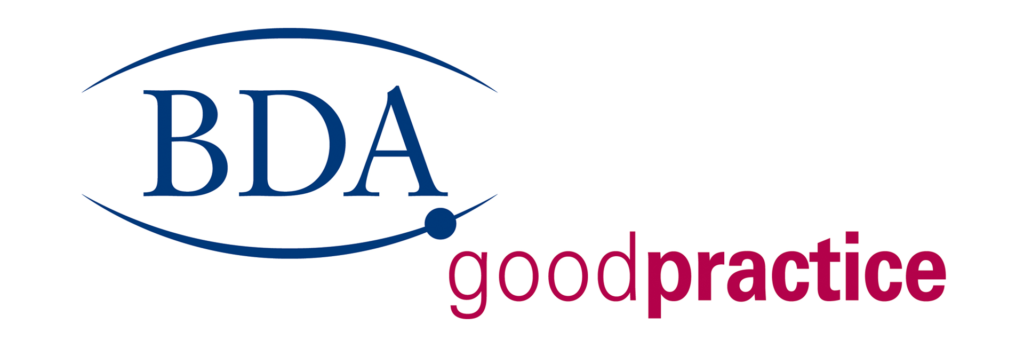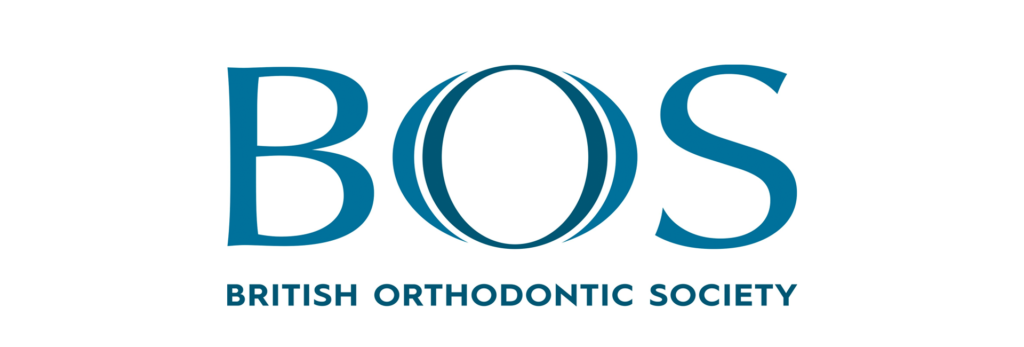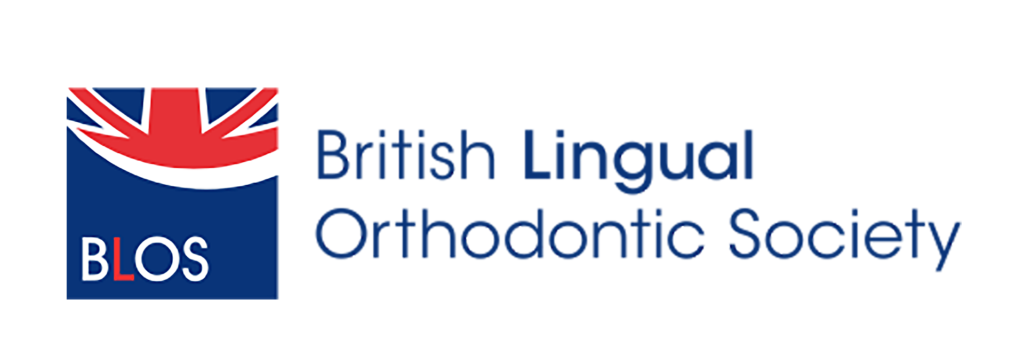Angle House Blog
Guide to Obstructive Sleep Aponea

What is sleep apnoea?
Sleep apnoea, or obstructive sleep apnoea (OSA), is a relatively common condition. A sufferer’s throat muscles relax and narrow during sleep and interrupt normal breathing. OSA can reduce sleep quality and therefore impact on quality of life and increase a sufferer’s chance of developing certain conditions.
There are two types of breathing interruption in OSA:
1. Apnoea: muscles and soft tissues in the throat relax and collapse to result in complete blockage of the airway, sometimes for 10 seconds or more.
2. Hypopnea: partial blockage of the airway, resulting in an airflow reduction of over 50% for 10 seconds or more.
3. People with OSA may suffer a combination of these breathing patterns. In severe cases, this could be around once every one or two minutes.
OSA is classified according to the regularity of these breathing events:
• Mild – 5-14 episodes an hour
• Moderate – 15-30 episodes an hour
• Severe – more than 30 episodes an hour Sleep Apnoea symptoms
Signs of sleep apnoea include:
• Loud snoring
• Noisy breathing
• Repeated short periods where breathing is interrupted by gasping or snorting
Symptoms include:
• Daytime sleepiness.
• Poor concentration.
•Irritability.
• Not feeling refreshed on waking
During an episode, the lack of oxygen causes your brain to pull you out of deep sleep and into a lighter sleep so your airway can open and you can breathe normally. Your brain may also wake you to ensure this happens. These sleep interruptions cause sleep apnoea sufferers to feel poorly rested and tired during the day. If you don’t know you have sleep apnoea, you could feel tired without knowing why.
What you should do if you suspect you have sleep apnoea
If you suffer from the signs and symptoms above, you should speak to your GP about the possibility of sleep apnoea. Your GP can assess you and refer you to a sleep centre if necessary for a detailed study.
Risk factors
Sleep apnoea is caused by a narrowing of the airway and certain people are more prone to the condition, including the risk factors below:
• Overweight.
• Male.
• Over 40 years old.
• Have a large neck circumference or unusual neck structure.
• Taking certain medications.
• Drinking alcohol heavily or smoke.
• A family history of sleep apnoea.

Treatment for sleep apnoea
There are a range of treatment options for sleep apnoea:
1. Lifestyle changes – losing weight, reducing your alcohol intake and sleeping on your side can help.
2. Using a continuous positive airway pressure device (CPAP) – this provides compressed air through a mask.
3. Mandibular advancement device (MAD) – this is a gum shield that fits closely around your teeth and holds your jaw forward, increasing the space at the back of your throat while you sleep.
4. Surgery – usually jaw surgery, which you can discuss with an orthodontist.
Sleep apnoea and driving
The daytime tiredness caused by sleep apnoea can increase your chance of having a road traffic accident. If you are diagnosed with moderate or severe obstructive sleep apnoea syndrome (OSAS), you must inform the DVLA. You cannot drive until you are undergoing treatment and your symptoms are under control.
You can be fined up to £1,000 if you do not tell the DVLA about a medical condition that affects your driving. You may be prosecuted if you’re involved in an accident as a result.
Sleep apnoea in children
OSA can occur in adults and children. The condition is reported in between one and three per cent of children – however it is diagnosed much more commonly (up to 25 per cent) in children with specific conditions, such as obesity, sickle cell disease and Down syndrome. The most common cause of OSA in children is enlarged tonsils and/or adenoids, which can partially block the airway.
The first symptom of OSA in children is regular snoring, which is caused by the sound made by the airway vibrating as it reopens after a partial collapse. Recurrent breathing problems can lead to poor quality sleep and frequent wakings, which can make children sleepy during the day.
Younger children who suffer from sleep depravation can be hyperactive and irritable. Older children may show continual signs of tiredness. Children suffering from OSA may have difficulty concentrating and behave differently. This can result in poor performance at school, a lack of appetite, headaches and low concentration levels.
Once OSA is diagnosed via a sleep study, surgery to remove the adenoids and/or the tonsils is the most common treatment for paediatric OSA.

How we can help
Your dentist can help diagnose OSA and refer you for a sleep study if necessary. They can also provide you with a Mandibular advancement device if you are diagnosed with mild to moderate sleep apnoea. Patients generally adjust well to this treatment, which is preferable to other approaches such as a CPAP or surgery.
If you or your partner suffer from snoring and believe it could be sleep apnoea, book a consultation with our consultant Specialist Orthodontist Dr. Joyti Vasudev to see if airway orthodontic therapy can help you get a full night’s sleep.
 Postcode Finder
Postcode Finder






